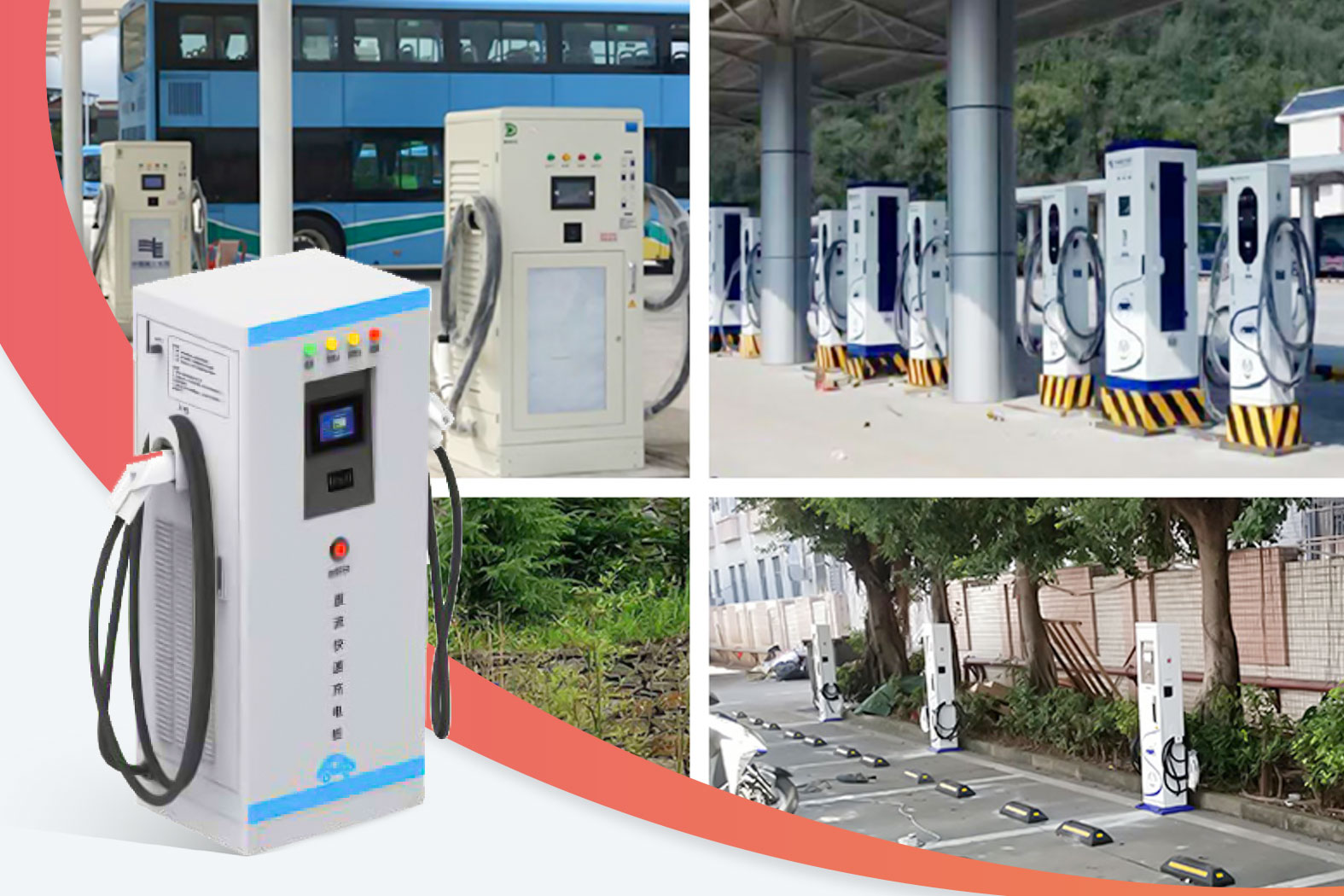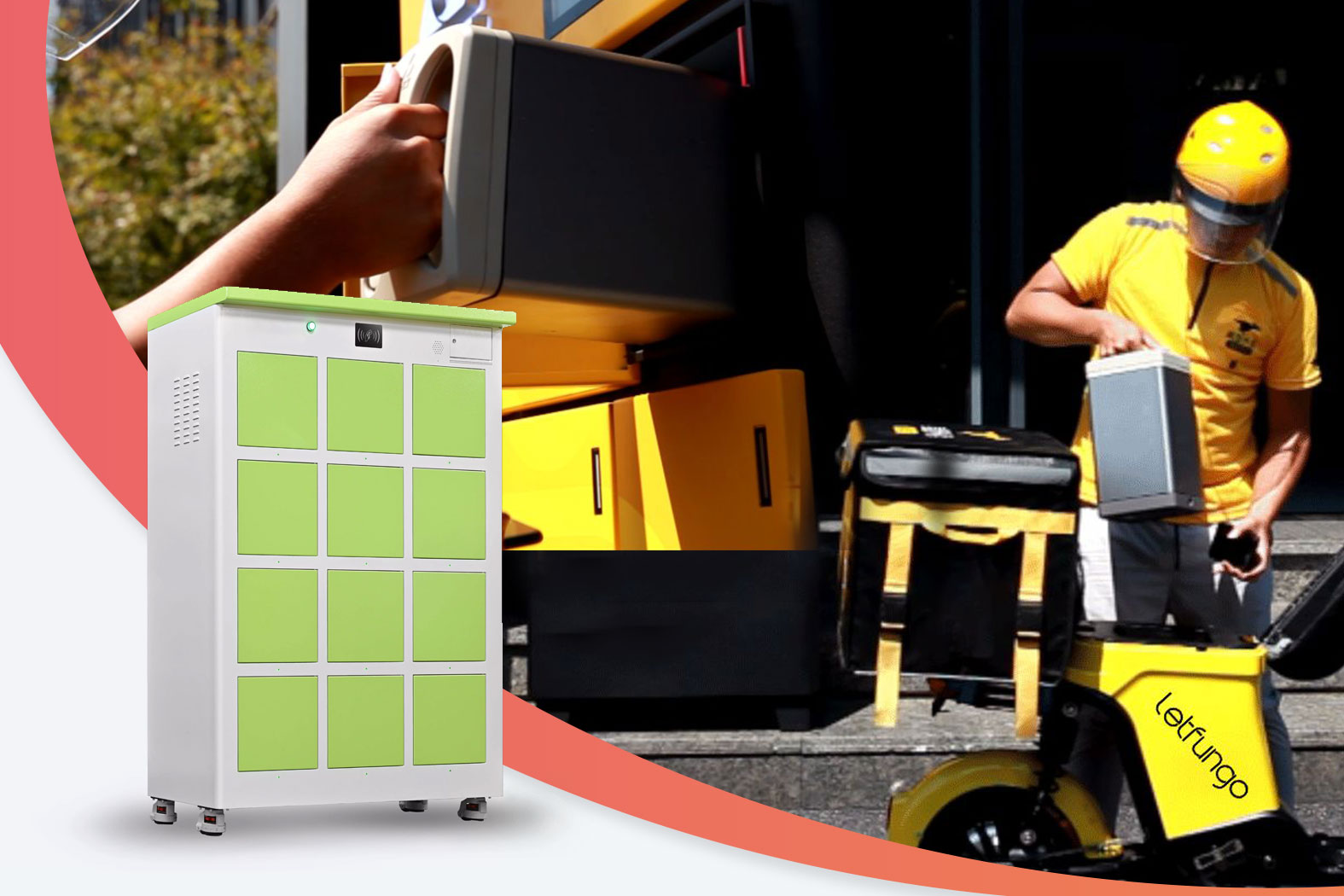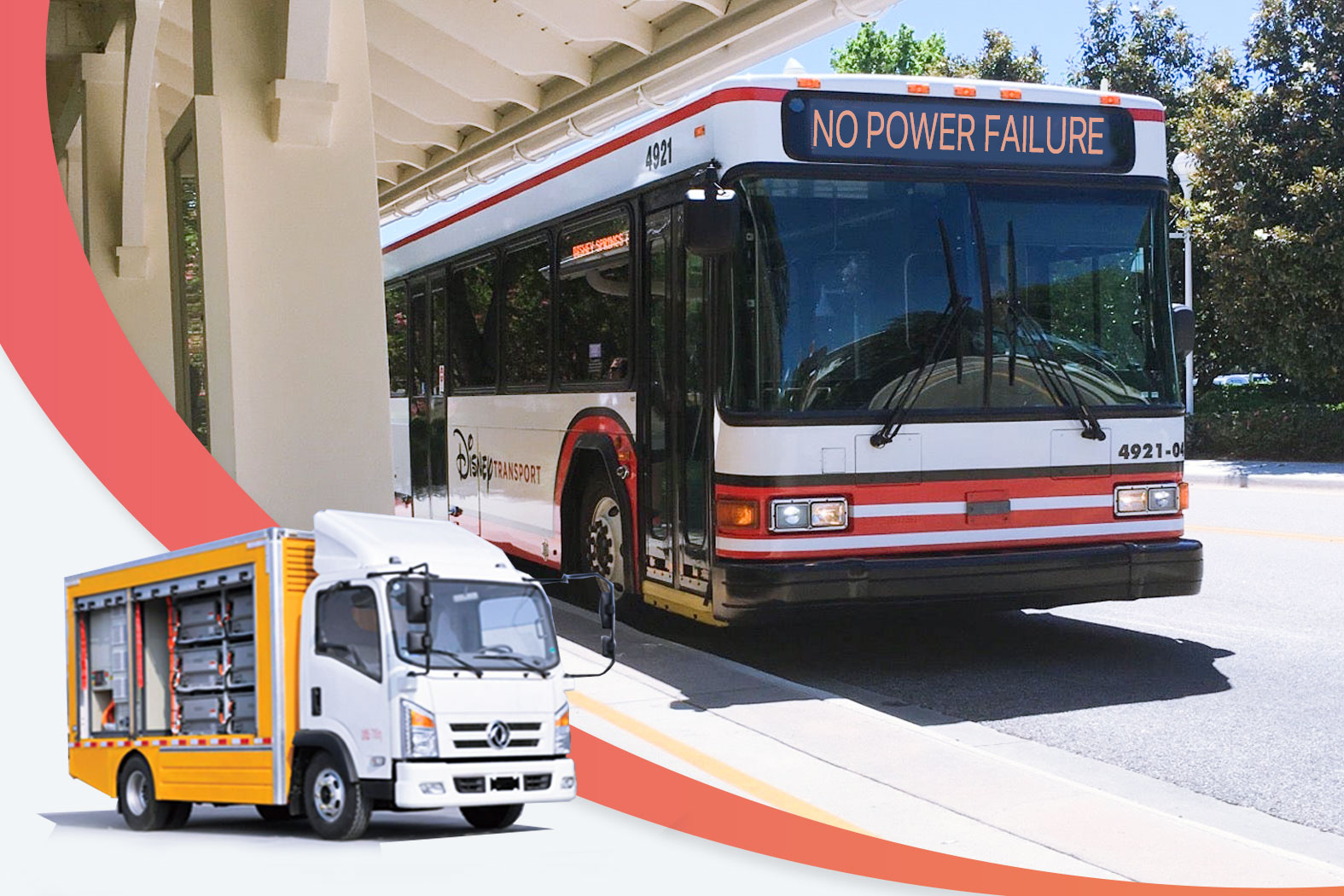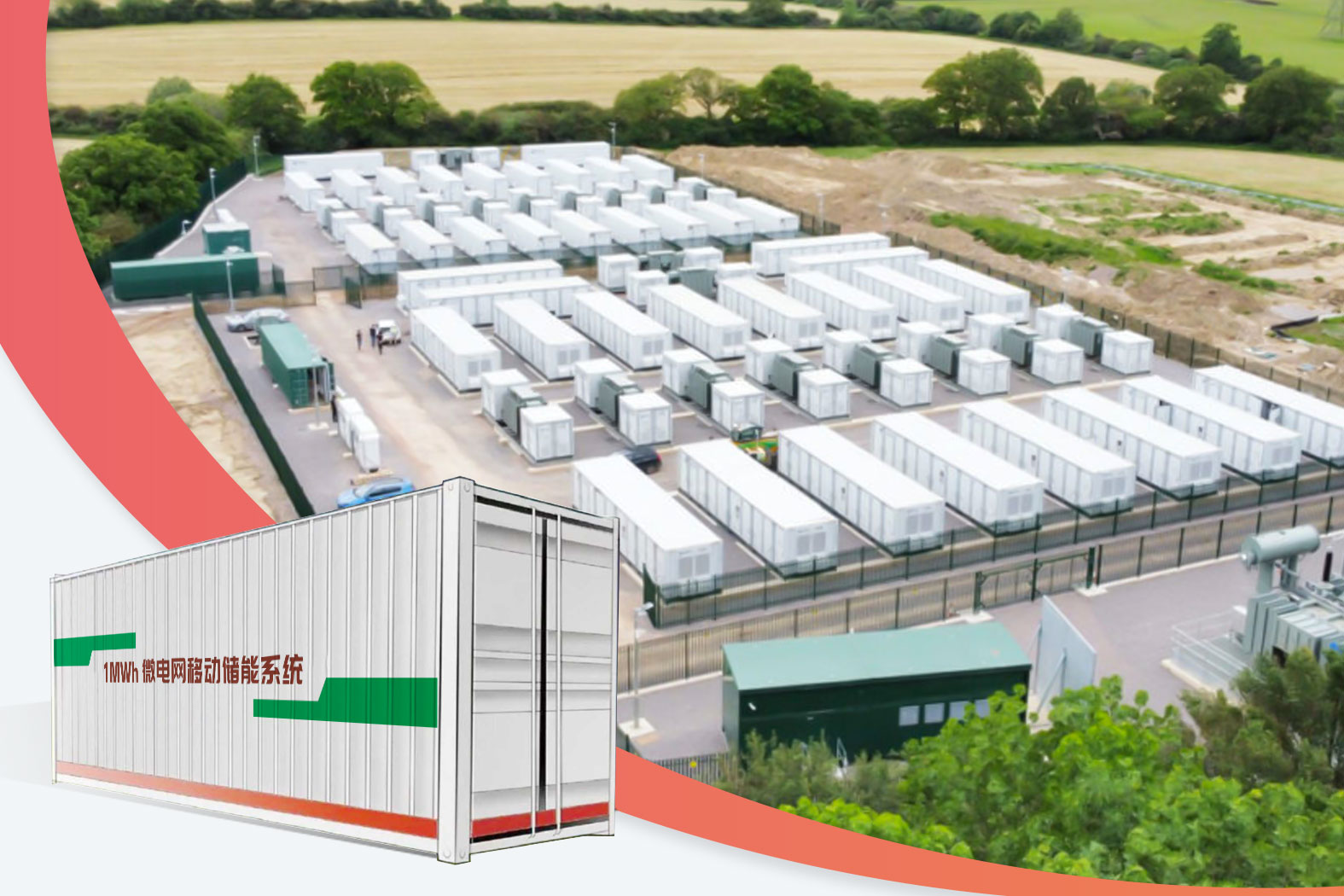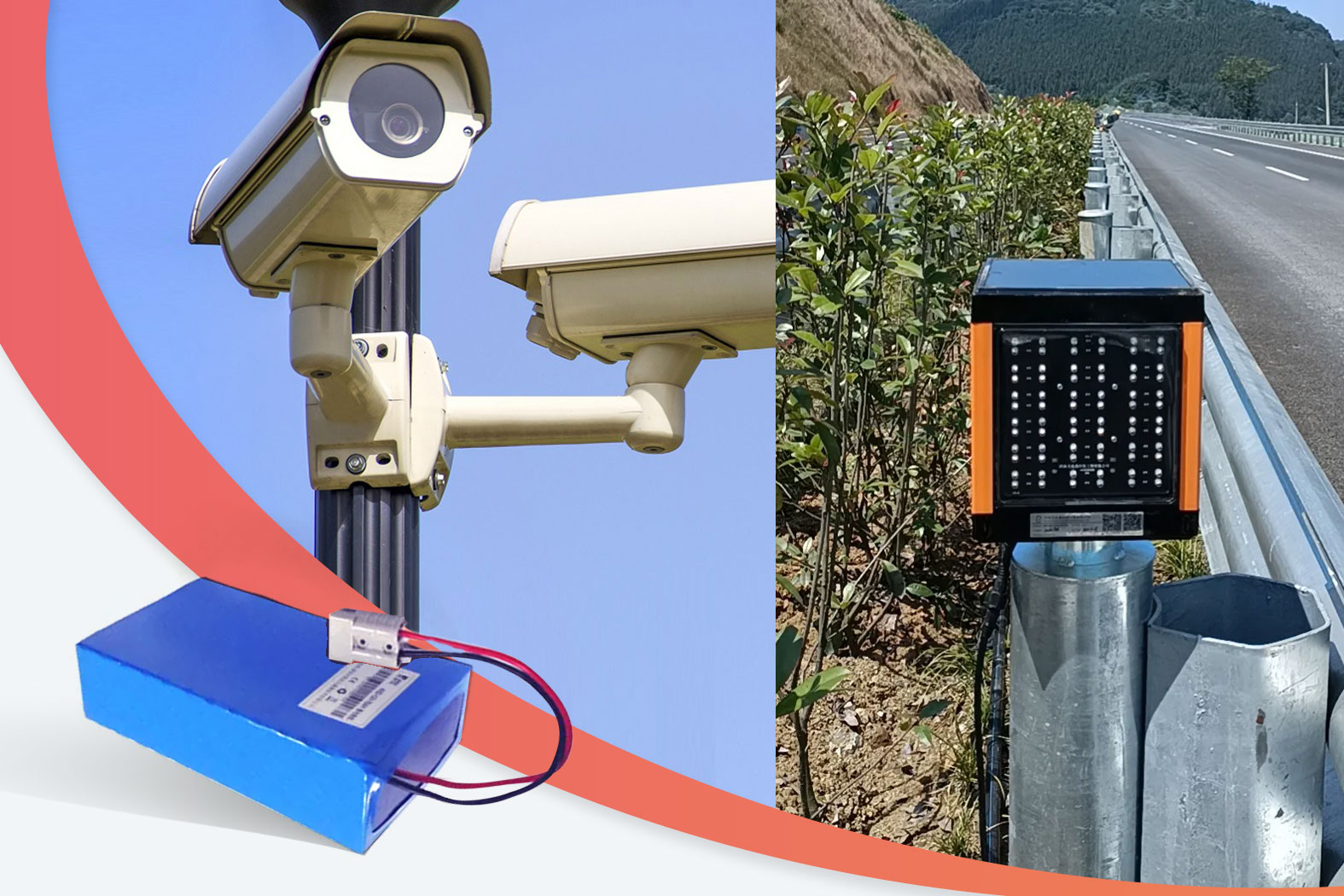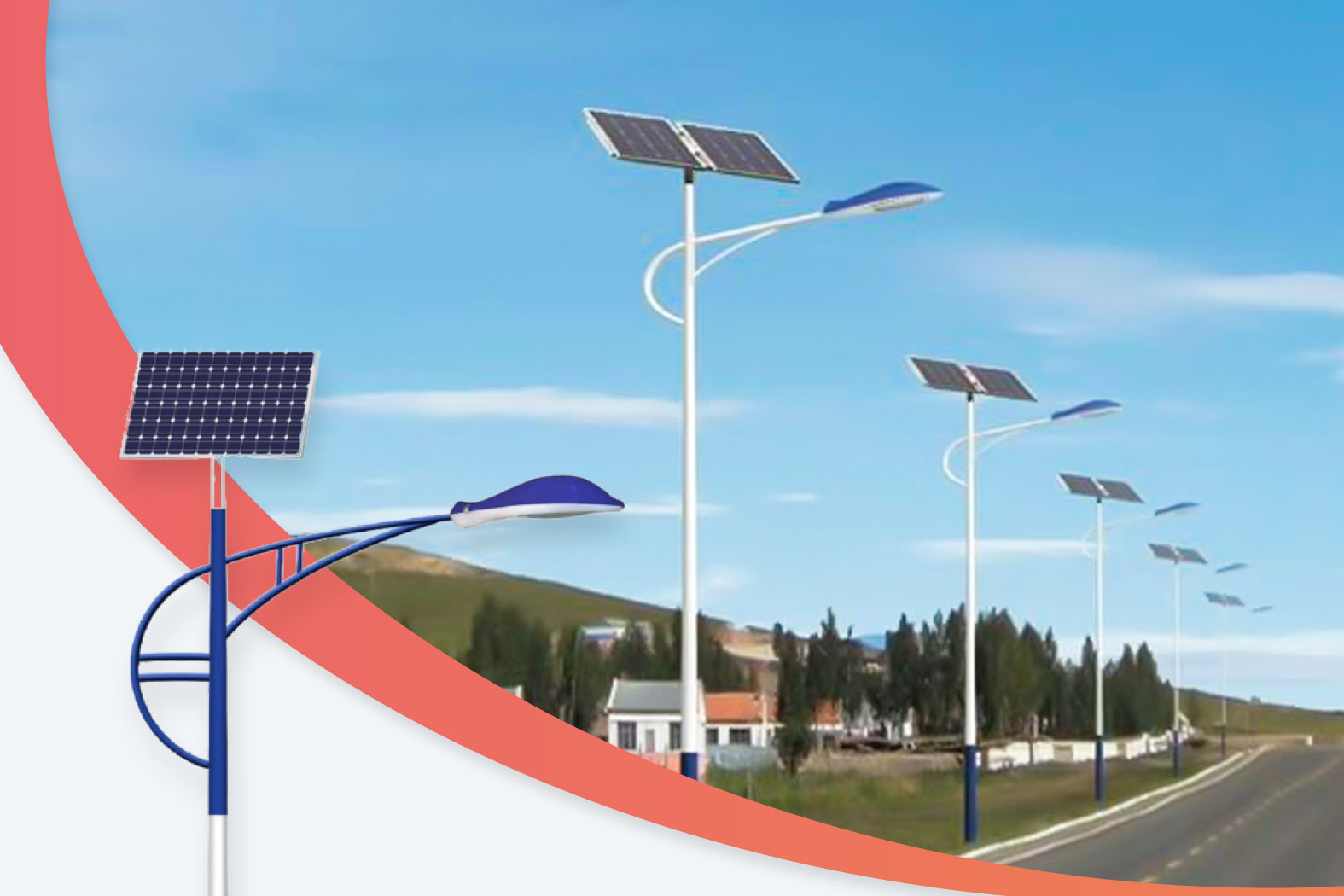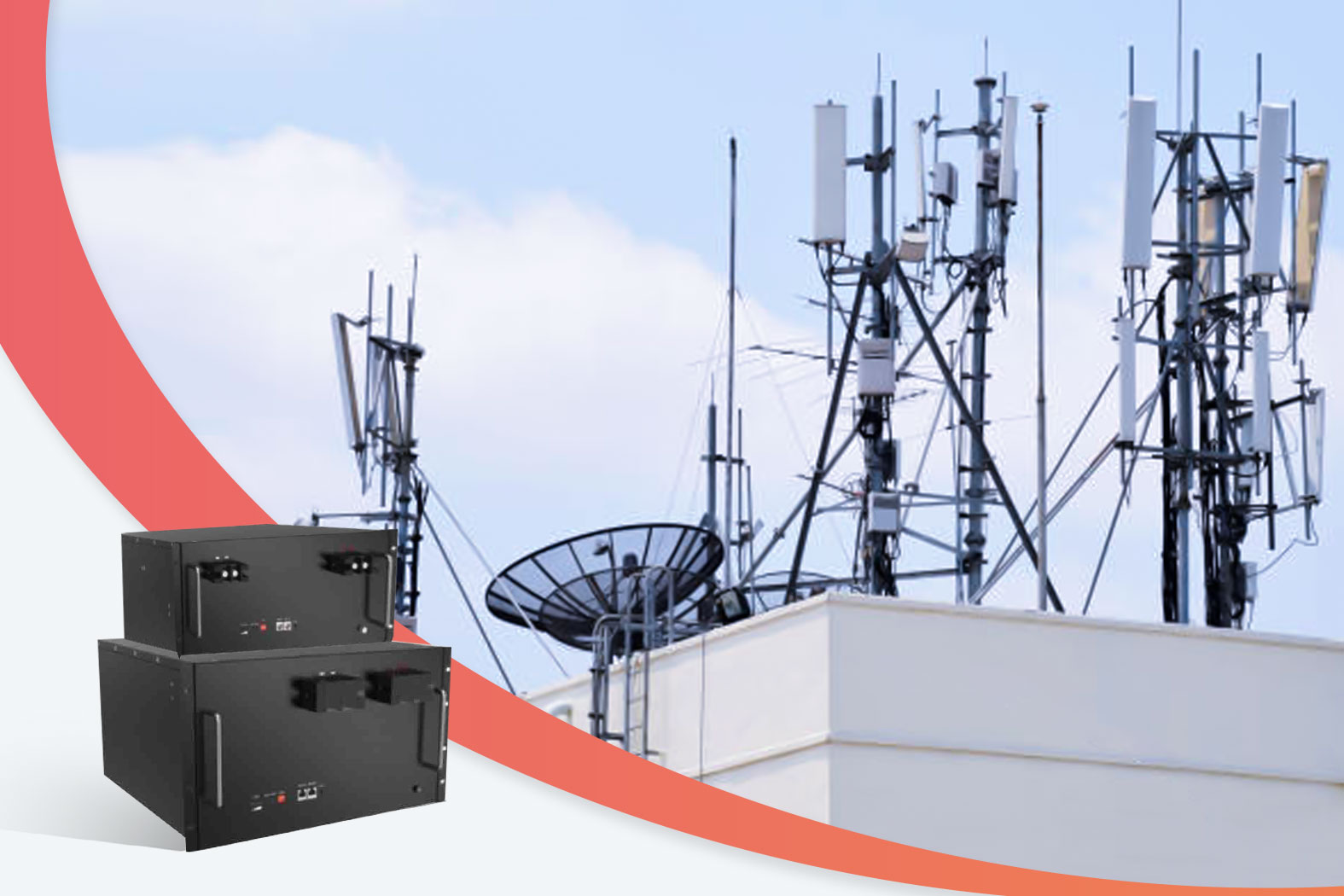ESS - Energy Storage System
As the energy needed by people is of strong timeliness and spatiality, in order to make rational use of energy and improve the utilization rate of energy, a device is needed to collect and store the surplus energy temporarily unused for a period of time in a certain way, and then extract and use it at the peak of use, or transport it to the place where energy is scarce for reuse. This method is called energy storage.
The basic task of energy storage system is to overcome the time or local differences between energy supply and demand. There are two situations that cause this difference. One is caused by the sudden change of energy demand, that is, there is a peak load problem. The energy storage method can play a role in regulating or buffering when the load change rate increases. Since the investment cost of an energy storage system is relatively lower than that of building a peak load plant, although the energy storage device will have storage losses, it can reduce fuel costs because the stored energy is the excess energy or new energy from the plant. The other is caused by primary energy and energy conversion devices. The task of the energy storage system (device) is to balance the energy output, that is, not only to reduce the peak of energy output, but also to fill the valley of output (i.e. fill the valley).
For example, in the solar thermal utilization system, energy storage devices need to be installed. The working principle of solar thermal utilization is shown in Figure 1. The heat flow leaves the collector and enters the energy storage, and then is supplied to the heat engine through the heat energy converter. In the absence of sunlight, the cold fluid directly passes through the energy accumulator to extract the stored heat and transfer it to the heat engine for work.
Therefore, the energy storage system can store excess heat, kinetic energy, electric energy, potential energy, chemical energy, etc., and change the energy output capacity, output location, output time, etc.


